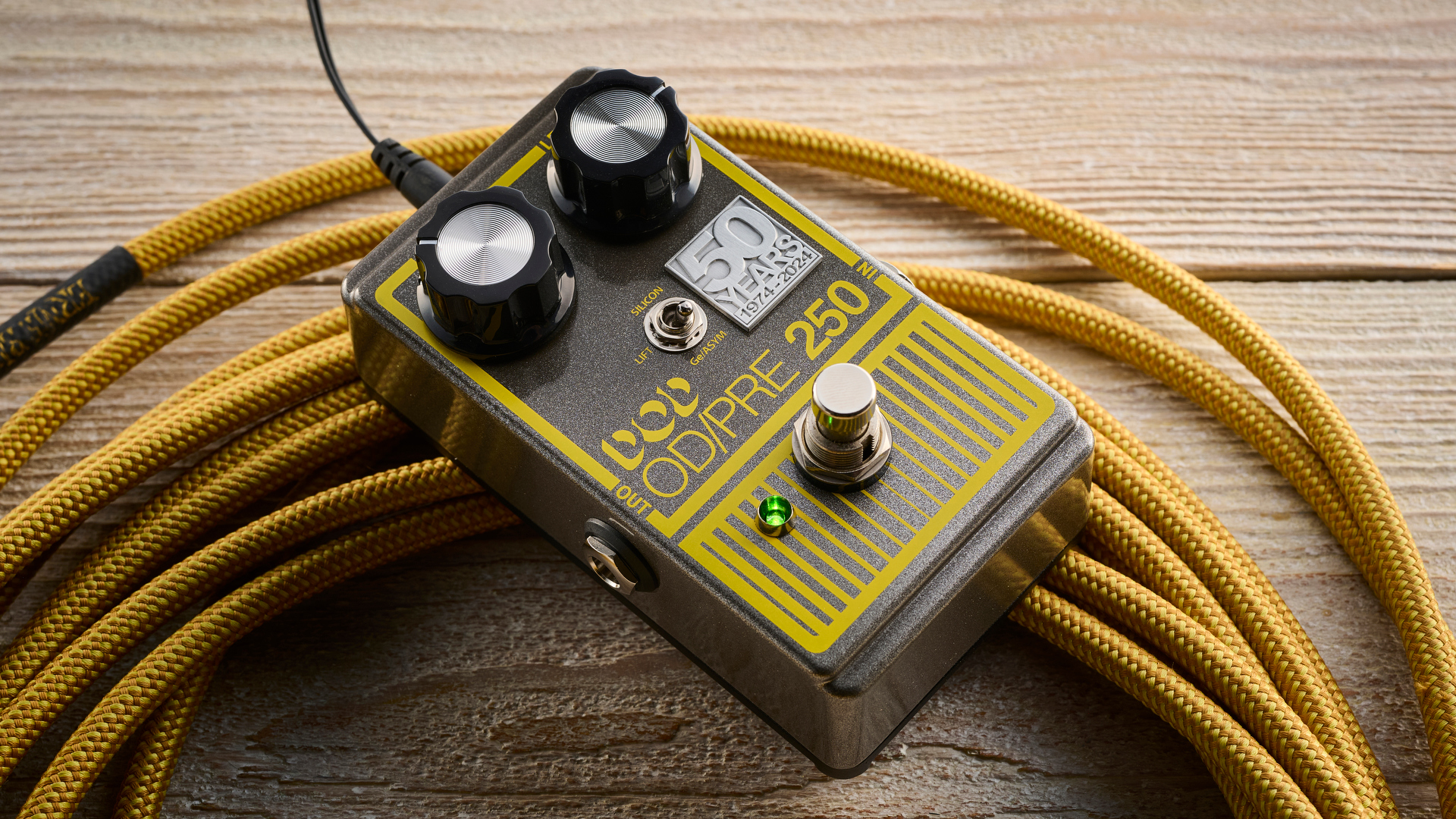
What is it?
There are few effects brands more beloved, more important, than DOD. “America’s Pedal” as it’s so often called, has a history that stretches back to the first golden era of guitar effects pedals in the mid ‘70s. It’s like the Ann-Margret of pedals. For many players, DOD is America’s Sweetheart.
Founded in Salt Lake City in August 1974 by the eponymous “DOD” David Oreste DiFrancesco and John Johnson, DOD built a formidable legacy upon a range of innovative stompboxes that bridged the gap between O.G. floor candy such as the Tone Benders, Fuzz Faces et al and the cornucopia of compact stompboxes we see today.
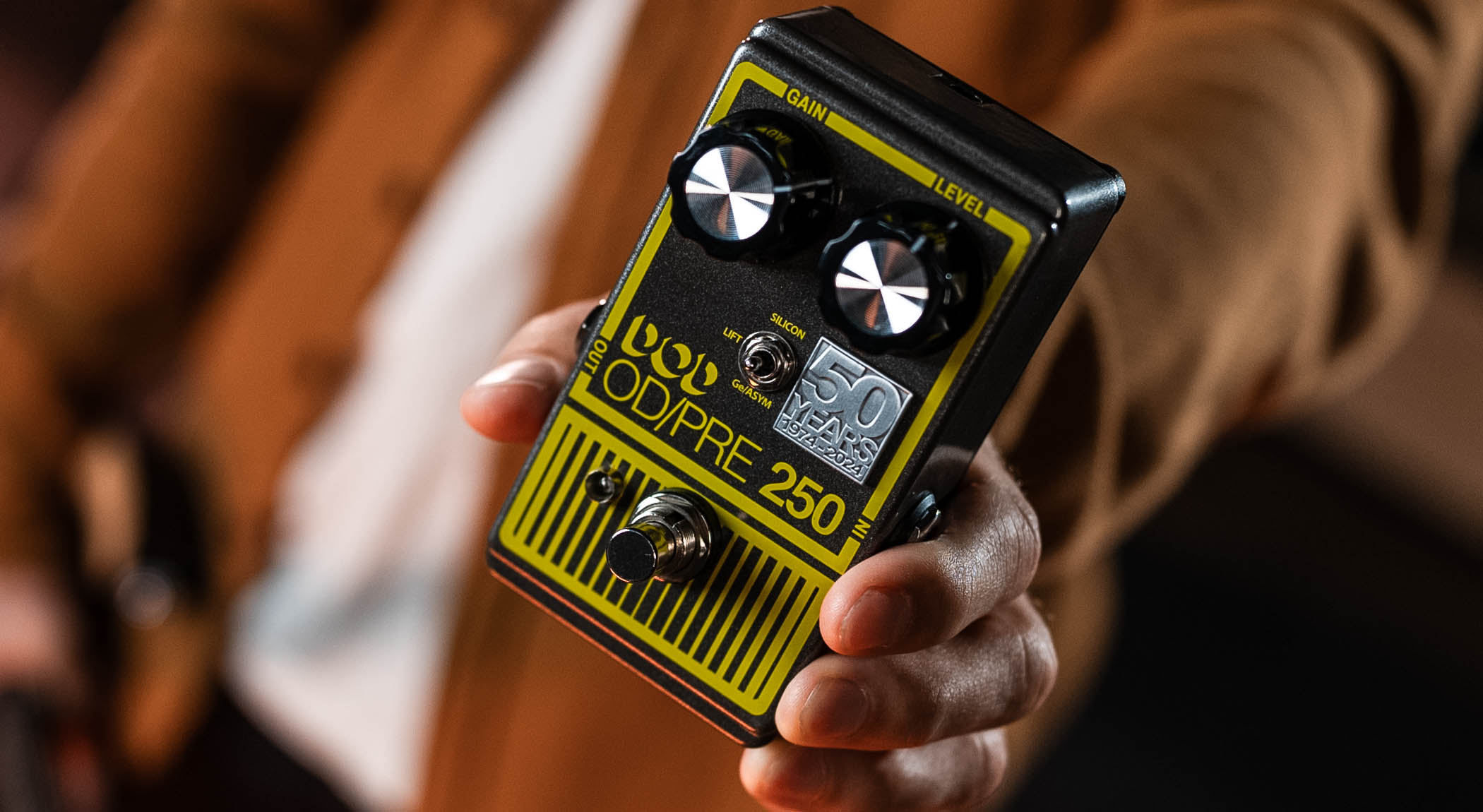
As a player who started learning in the early ‘90s, the DOD FX Series was an exotic presence in the pedal cabinet. This was the late Jason Lamb’s era. The FX86 Death Metal was a particularly evocative option for someone whose embryonic record collection was populated by audio nasties on Earache Records.
Even as a teenager it did seem appreciably bonkers that the FX32 Meat Box could even exist – a maverick sub-octave pedal for bass guitar that sounded great (and, okay, weird) on electric guitar with an enclosure that was painted to match a slab of rib-eye and had controls such as Meat, Rump, Flank, LBs? Yeah, and then you had the FX13 Gonkulator/Modulator, which would become the stuff of legend.
These, and others, have been refashioned and reissued as DOD/DigiTech consolidates a new era for the brand under Cor-Tek’s ownership. But the 250 Overdrive Preamp is the overdrive pedal that made DOD famous. If DOD were Ann-Margret, this would have been her Golden Globe-winning role alongside Bette Davis in Capra’s Pocketful Of Miracles.
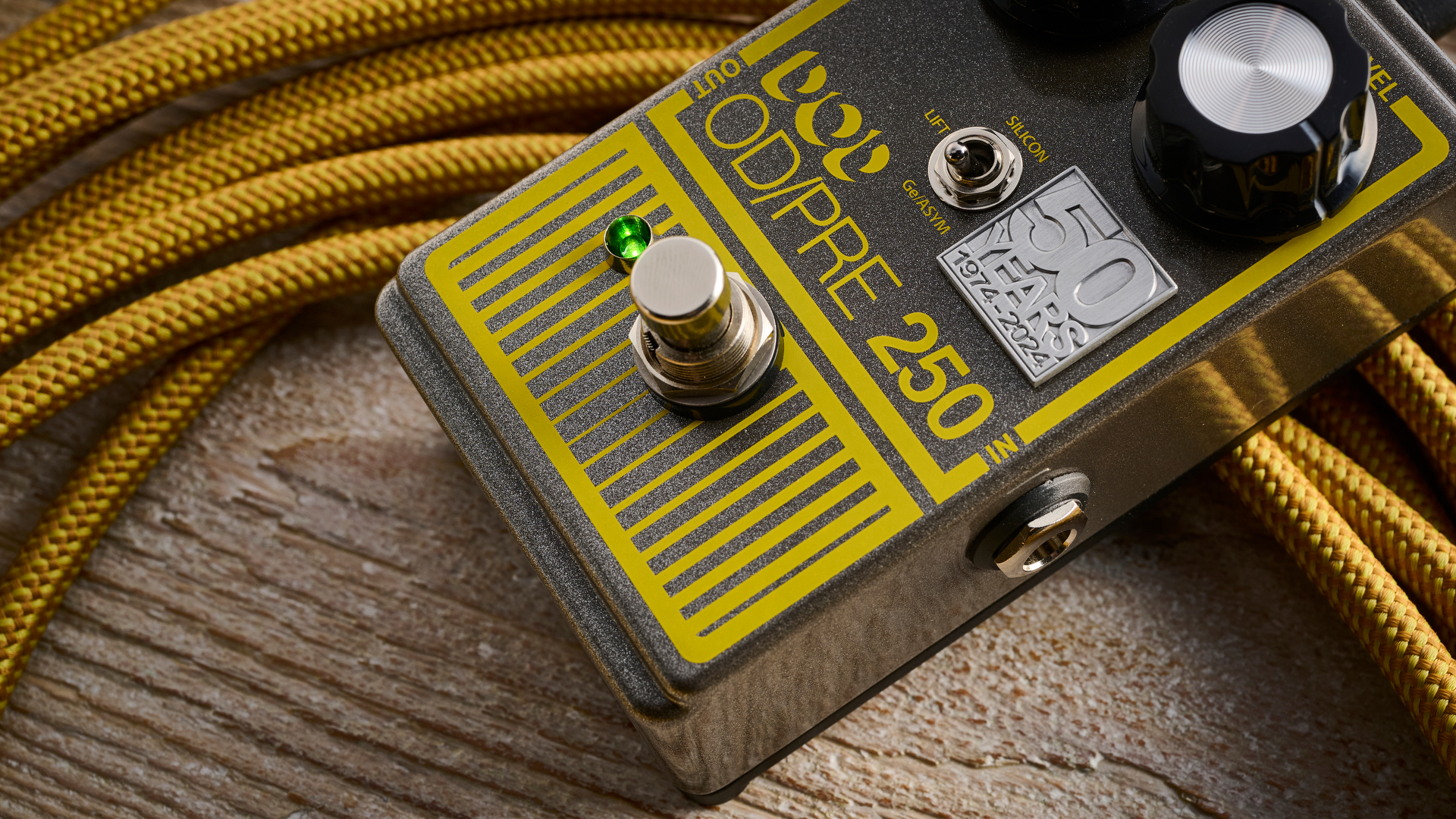
Josh Scott of JHS Pedals called it “one of the greatest pedals ever made” and with some help from DiFrancesco he cloned #75. Scott is not alone in thinking the 250 Overdrive Preamp belongs on the pantheon, the GOAT pedalboard.
The 250 Overdrive Preamp has always been a serious overdrive whose history has been contested, as the early designs were revised on the fly as the DOD business plan grew more professional. Initial runs did not have the “250”. This anniversary edition, limited to 1,974 units, is hand-made in the USA with through-hole components and a circuit built around an LM741 op-amp.
Like its predecessors, it is still a super-simple design, with just two knobs, Gain and Level, but it presents itself as this acme of the 250 OD/Pre design, with selectable silicon and asymmetric germanium diode clipping options, and a Lift mode that takes these out of the equation and leaves the op-amp to do all the work.
After all these years of evolution, could this be the best 250 Overdrive Preamp yet?
Specs
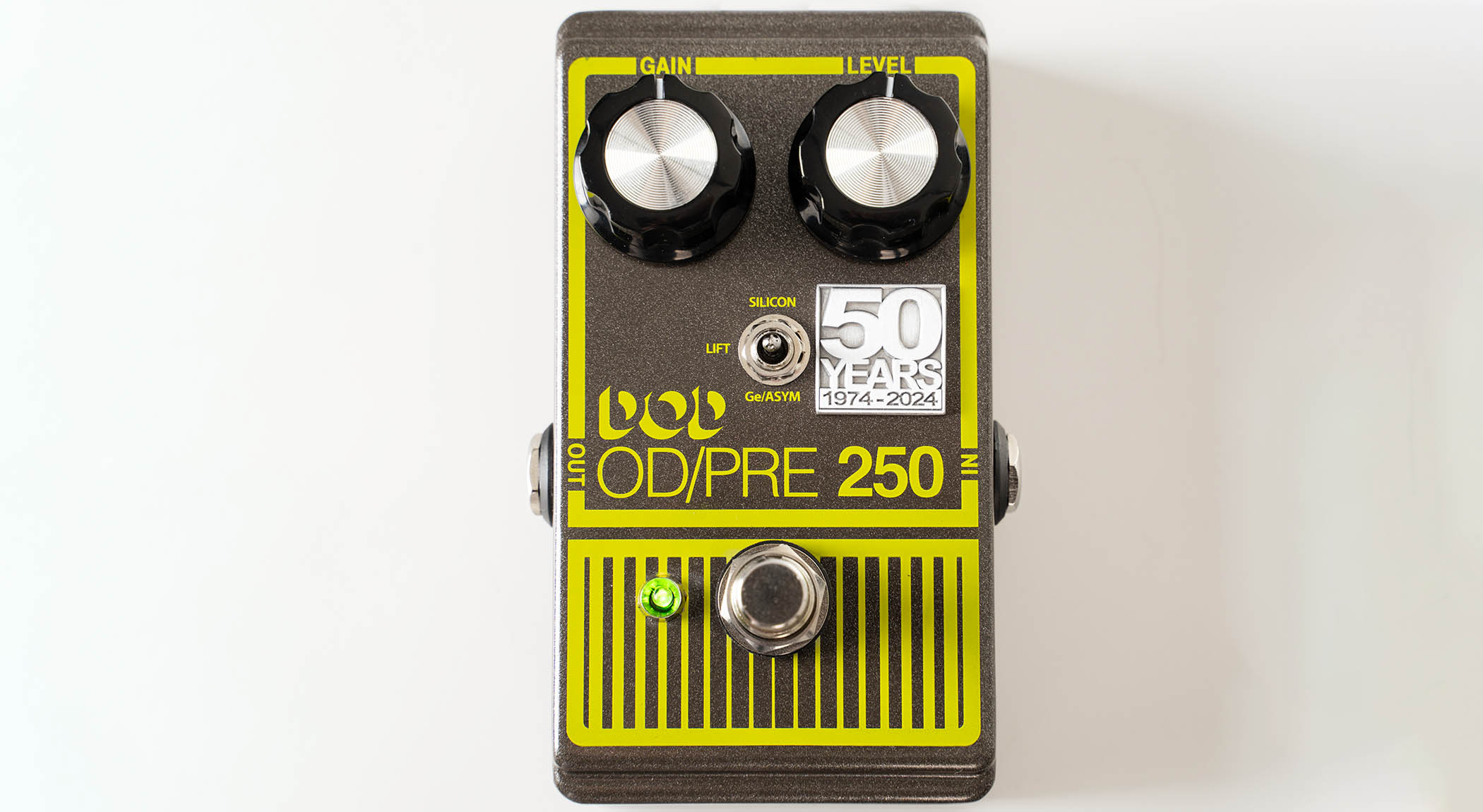
Launch price: $250/£209/€279
Type: Overdrive pedal
Made: USA
Controls: Gain, Level, three-way clipping mode switch
Features: LM741 op-amp, selectable clipping with silicon diode and asymmetrical germanium diode modes, plus Lift mode that removes diode clipping, optional battery power
Connectivity: 1/4" input, 1/4" output, 9V DC power supply input
Weight: 0.6lbs
Dimensions (LxWxH) : 4.68” x 2.63” x 2.25”
Contact: DigiTech
Build quality
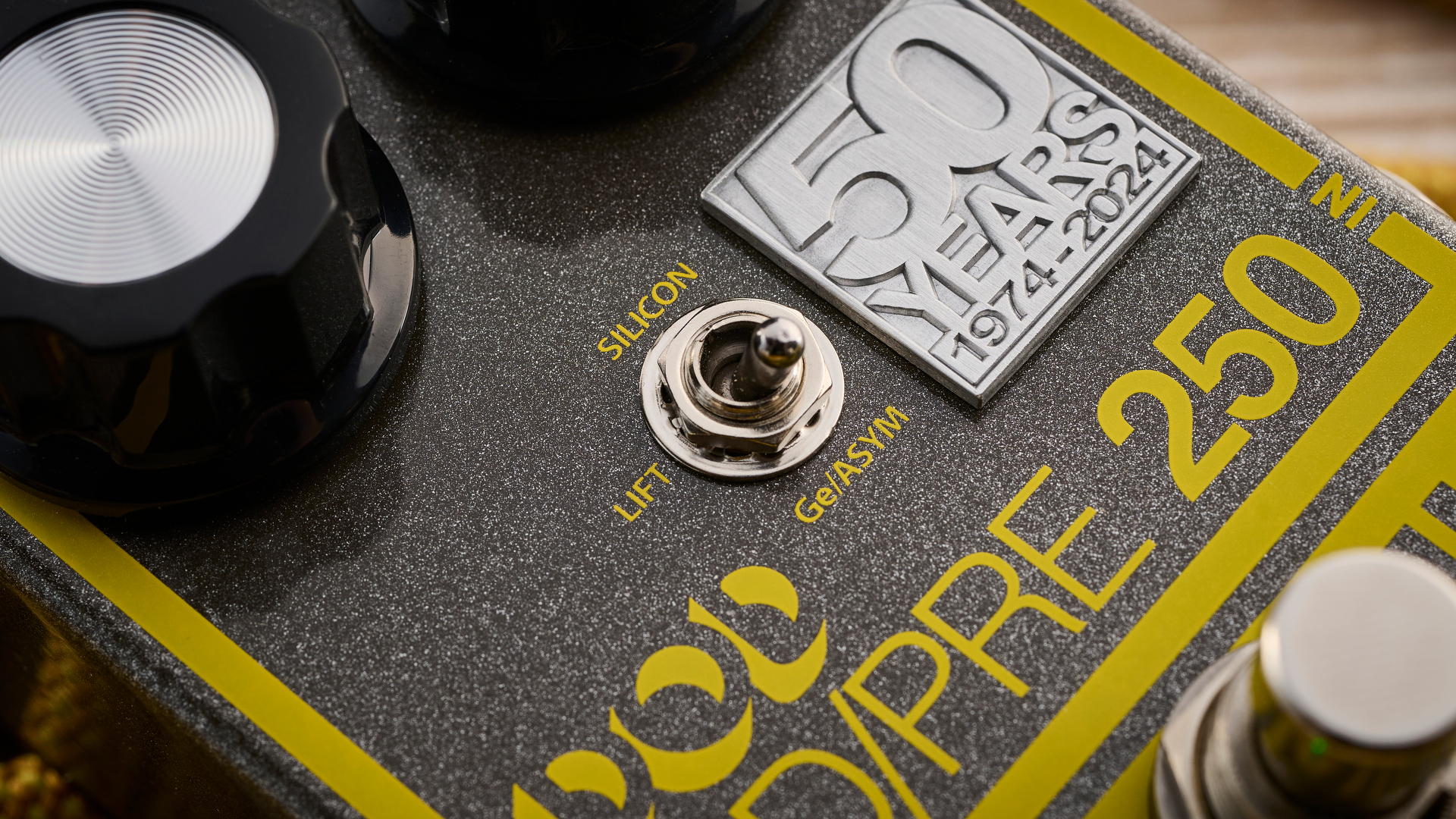
Build quality rating: ★★★★½
Designed and assembled in the USA, the 50th Anniversary 250 Overdrive Preamp arrives in compact metal enclosure with a laser-etched commemorative badge on the front and a metallic gray and yellow paint-job that’ll push the buttons of DOD collectors out there. It does feel tough.
One of the good things about having simple two-knob design is that you can size up on the dials. These over-sized knobs are a refreshing change from fiddling around. The footswitch has a nice clunk.
As with any stompbox with a three-way mini-toggle on the front, you will want to exercise a modicum of caution when stepping on this. The knobs will over some protection but you wouldn’t want to step on it by accident.
As mentioned above, this pedal has a circuit featuring a surface-mounted LM741 op-amp and has surface-mounted components to encourage breadboard buccaneers to get creative and mod the if they so desired.
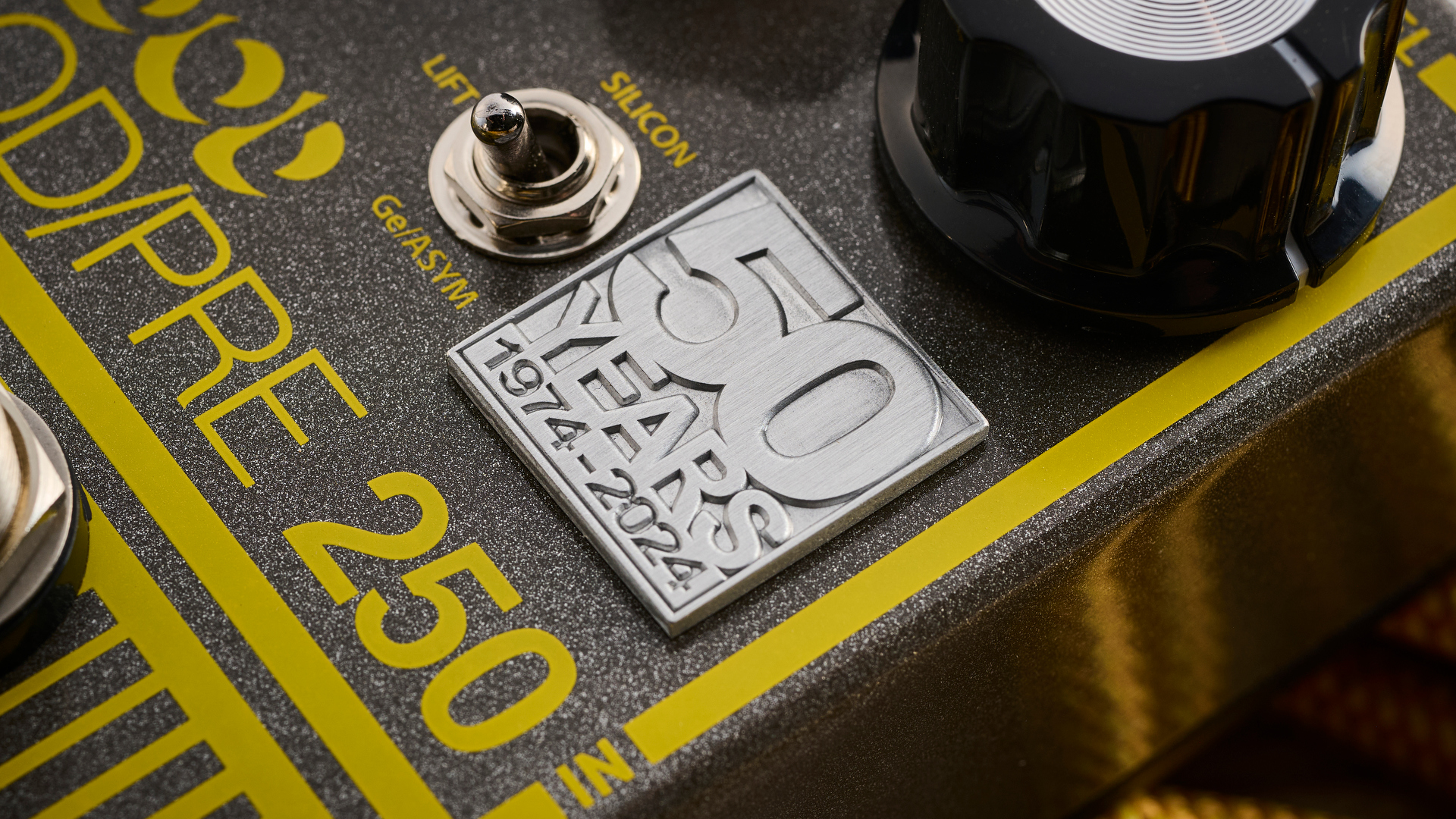
The contested history of the time has led to fierce debates over which edition of the 250 Overdrive Preamp is best, but as Josh Scott explained on the JHS Pedals YouTube channel episode dedicated to the storied stompbox’s history, oftentimes it was just different values of input capacitors that were the difference. The type of op-amp itself was less important.
There is some crackle on the Level control, however, and while unwanted, let’s not get too upset here. Firstly, this being a review unit, it has undoubtedly been passed around like a head cold in winter, and it’s easy for dust to get in there. Secondly, it’s an easy fix with a ittle bit of contact cleaner. You can run this on a 9V battery or, better still, run it on 9V or 18V DC from a pedalboard power supply.
Usability
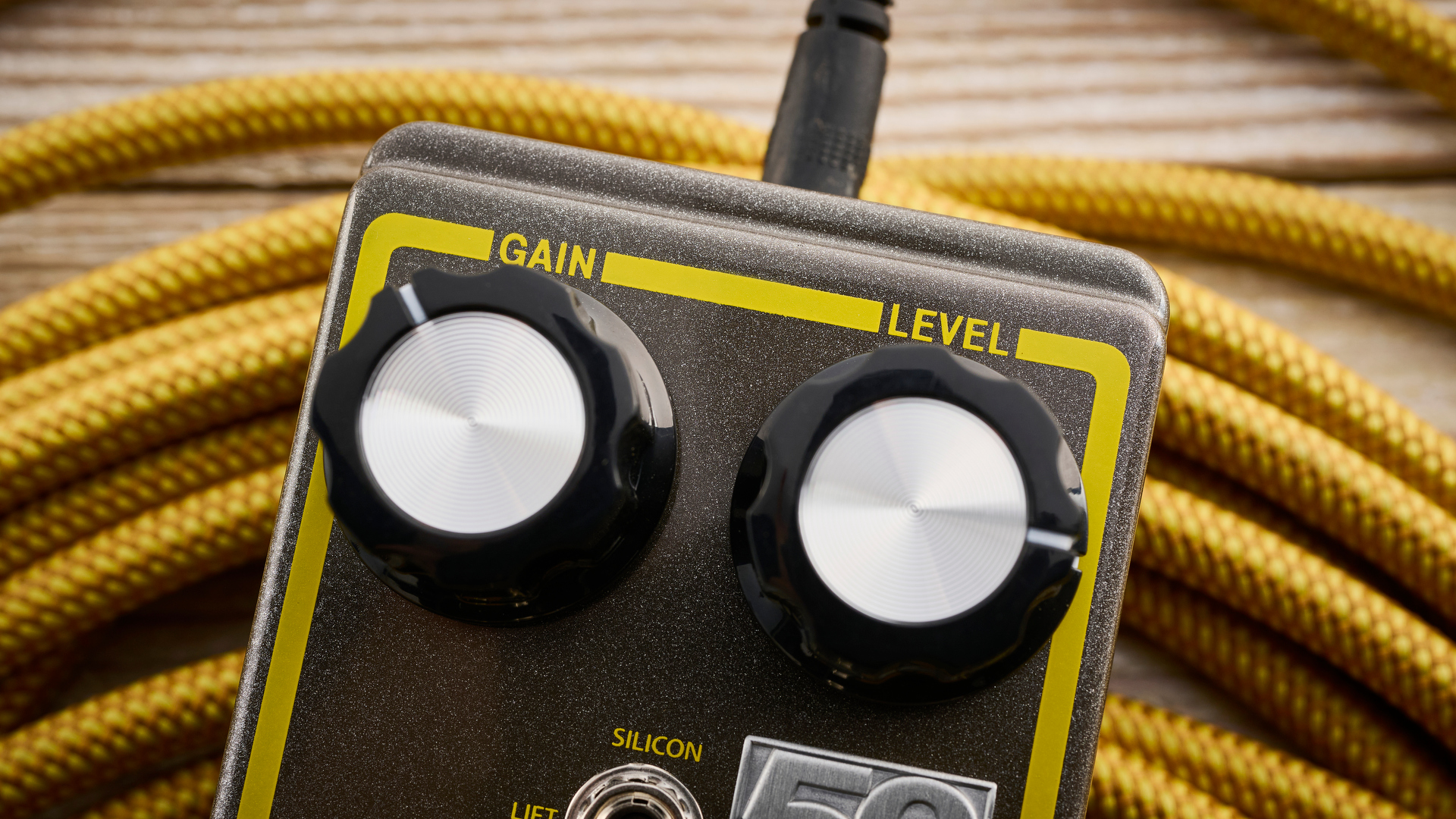
Usability rating: ★★★★★
There are two knobs, a three-way toggle for selecting clipping options and that’s it. Usability? Five stars. No notes
There are two knobs, a three-way toggle for selecting clipping options and that’s it. Usability? Five stars. No notes. Seriously. This is not a pedal you need the manual for. No OLED display. No app.
Unlike its predecessors, we now have an LED light to let you know when it’s active. That’s handy. It did make me wonder how they could call it a preamp when there’s no tone control.
That might throw some players. But that’s not to say this doesn’t shape the tone; the three different clipping options each have their own way with your sound….
Sounds
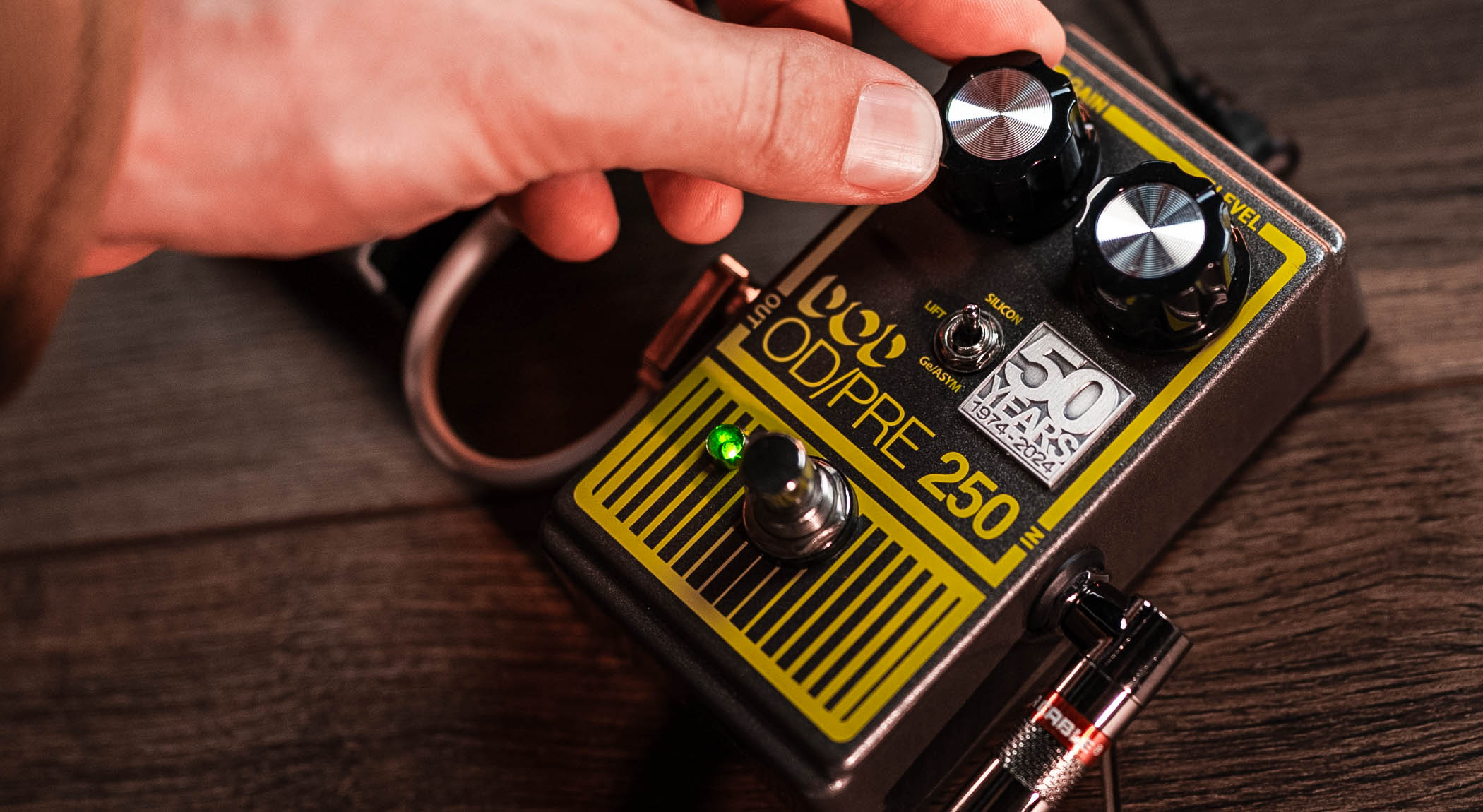
Sounds rating: ★★★★★
DOD says it has done the due diligence for this anniversary release, matching the potentiometers to the original unit’s tapers, and presenting us with a silicon clipping mode that’s “faithfully replicating” the original unit’s sound. But this is also an expansion on the 250 Overdrive Preamp concept; this one offers more sounds than any of its predecessors.
It’s almost as though the harder you drive that silicon mode, the brighter it sounds, the clipping stage teasing out more harmonic content as it works harder
That original silicon mode is versatile in and of itself. It’s aggressive. Even with the gain dialled back, crank up the output and it packs a punch as a boost. Set your amp at the edge of breakup and this boost can give your sound some gravel, and on a Telecaster’s bridge pickup this makes for a tone that’d cut through, well, pretty much anything.
It is one of the 250 Overdrive Preamp’s great strengths that it reacts to your guitar’s signal, and to how hard you’re hitting it. It’s almost as though the harder you drive that silicon mode, the brighter it sounds, the clipping stage teasing out more harmonic content as it works harder.

It’s a similar story on the germanium mode, which plays to type, warmer to my ears. This could be the power of suggestion but there’s something distinctly American about all this gain – think ‘70s Aerosmith crunch, the scratchy hard rock heat that works so well for barroom boogie-woogie.
There’s something distinctly American about all this gain – think ‘70s Aerosmith crunch, the scratchy hard rock heat that works so well for barroom boogie-woogie.
Some players might bemoan the absence of any onboard EQ'ing but it’s often a set-and-forget feature on a drive pedal, and something that is often done more effectively with your guitar’s tone control or amp’s EQ.
With this three-in-one overdrive you’ve got plenty of range. You might find yourself adjusting the Level control whenever you change the clipping option to compensate for the different volume levels from each configuration but that’s just the nature of the beast.
The 250 Overdrive Preamp partners well with different guitars and different pickup configurations. It can mediate the relationship between guitar and amp, especially in Lift mode, where you have the op-amp directing traffic allowing you to use it as a boost.
There are so many situations in which it just makes things sound sweeter, or a nastier. It’s an overdrive that’s suitable for blues guitar, for polite grit, but push it really hard, pair it with another drive or a boost and it can get truly gnarly and can almost do the job of a fuzz pedal when dimed. It excels when fed into an overdriven amplifier.
I pared it with a JHS Pulp N’ Peel V4 compressor pedal with the dirt circuit engaged (effectively a ProCo Rat) and that was a lot of fun for punk, grunge, all kinds of unruly sounds.
Verdict

Those who have been spending their every evening pounding the internet in the hopes of finding a vintage 250 Overdrive Preamp should probably call off the search. There are better ways to spend your precious free time, better ways to spend your money, too.
Try chasing down on of the 1,974 anniversary units presently circulating in the wild. It’s collectible, you’ll find some guitar picks and stickers and a COA inside the box, and more importantly, it can credibly lay claim to be the best version yet.
The attention to detail is such that DOD calibrated the wavelength of the neon yellow-green status LED to match the enclosure’s colour scheme. But the tones sell themselves
It is surely the most versatile version yet, putting different flavours of gourmet crunch on the menu. Those three-way clipping options really do make it three overdrives in one. Or two overdrives and a boost, depending on how you look at it. However you set it up, there is a good chance this will flatter your rig.
That op-amp boost can play naughty or nice. But the same could be set for the silicon and germanium modes. The attention to detail is such that DOD calibrated the wavelength of the neon yellow-green status LED to match the enclosure’s colour scheme. But the tones sell themselves.
MusicRadar verdict: It’s a shame this is a limited edition release because the three-mode variant would surely be one of those modern classic pedalboard must-haves and remind everyone why the 250 Overdrive Preamp is such a storied design, and why DOD is America’s Pedal.
Also try
$109/£99/€109
At under half the price, the regular edition still does the 250 job – super flexible, it is more versatile than a two-knob drive has any right being, and similarly has that Dr Jekyll and Mr Hyde quality to its low and high-gain sounds.
Read more: DOD Overdrive Preamp 250 review
$99/£109
MXR's classic yellow box has the simple two-knob control surface and does a very similar job to the Overdrive Preamp 250.
$179/£179
A work of stompbox archeology, this is Josh Scott's clone of one of the earliest Overdrive Preamps and has a slider switch for selectable clipping. There's more grit and gain, more in the lower mids.
Read more







